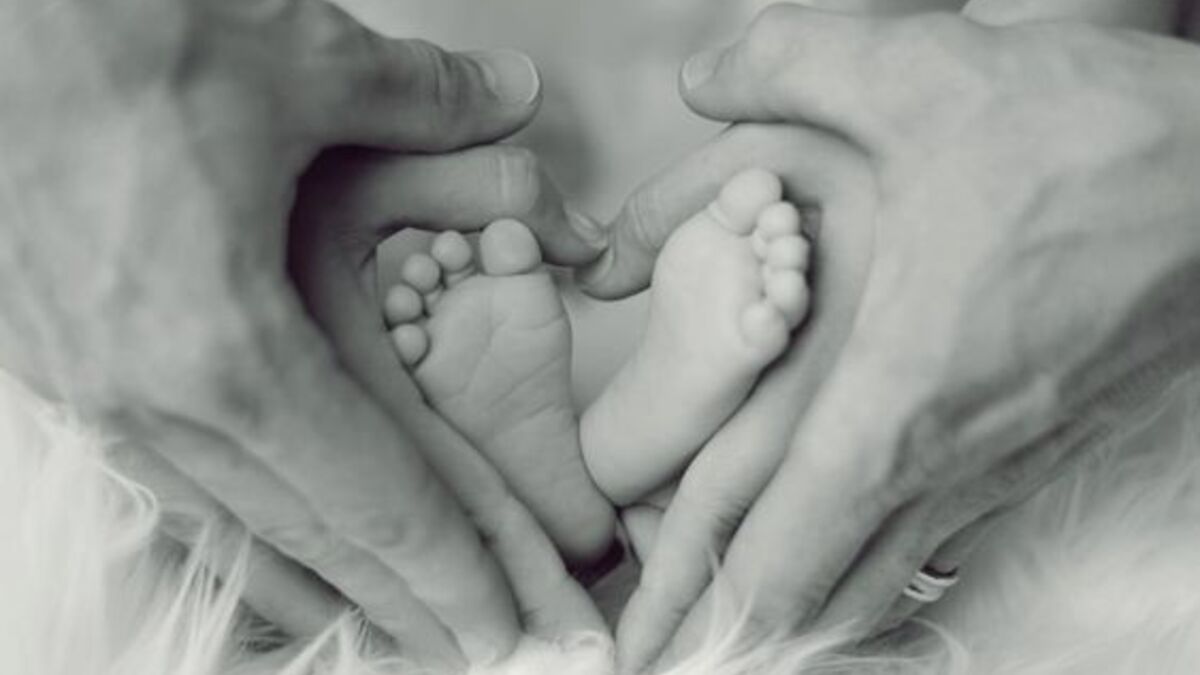Canada’s Birth Crisis Worsens as Fertility Rate Hits All-Time Low

Canada’s Birth Crisis Worsens as Fertility Rate Hits All-Time Low
Canada’s Huge Birth Crisis
A Significant Fall in Birth Rate
A Constant Decline
An Ongoing Issue
Could the COVID-19 Pandemic Be Blamed?
People Want Kids Later in Life
Economic Worries Are Discouraging
Other Countries Also Face Birth Rate Problems
European Countries Are Also Facing the Crisis
South Korea’s Massive Decline in Asia
Canada Still Has a Growing Population
Will Immigration Help?
MOST POPULAR
-
Dinosaur Embryo Discovered Inside 72-Million-Year-Old Egg
March 22, 2024 -
Some Countries With Strict Anti-LGBTQ+ Laws
March 22, 2024 -
New Study Reveals Underground Climate Change Below Populated U.S. Cities
March 18, 2024 -
Truckers Show Support for Trump, Boycott NYC Amid $355 Million Civil Fraud Ruling
April 17, 2024 -
CRFB Reveals How Much National Debt Trump Incurred in His Presidency
April 19, 2024 -
Did Oswald Act Alone? Chilling Testimonies From JFK’s Assassination
March 9, 2024 -
Americans Think Both Biden and Trump Would Not Make Good Presidents
April 16, 2024 -
Here’s Why Young American Males Don’t Want a College Education
May 18, 2024 -
Baltimore Mayor Accuses Racists of Weaponizing DEI Language
April 15, 2024 -
Federal Judge Suggests Trump Might Incite Another Riot Like January 6
April 18, 2024














